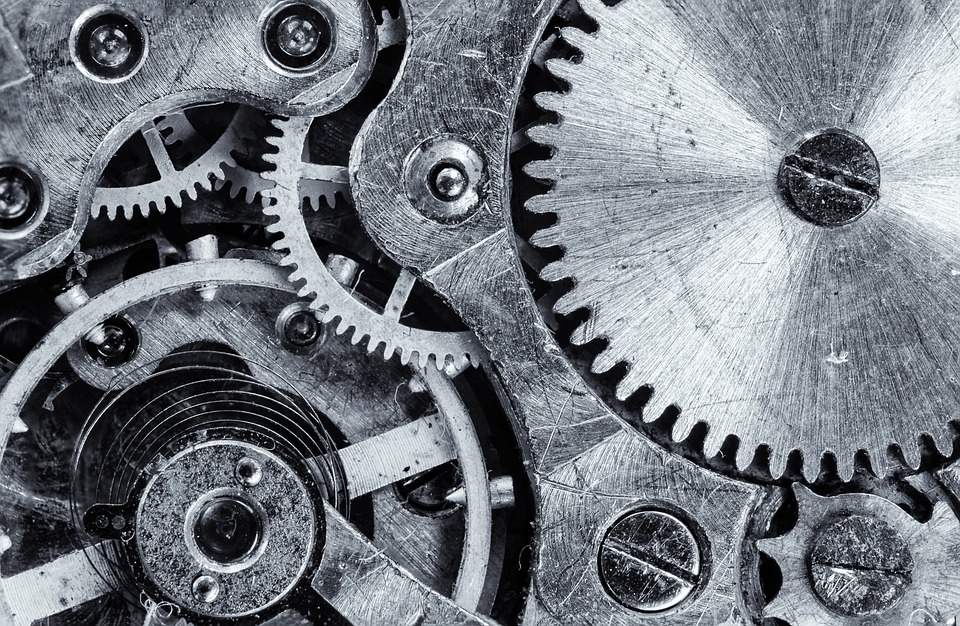Harnessing the Power of Mechatronics: Redefining Robotics and Automation
Introduction
Mechatronics, the fusion of mechanical engineering, electronic engineering, computer science, and control engineering, has paved the way for a new era in robotics and automation. As technology continues to advance at an exponential rate, the demand for innovative solutions in manufacturing, healthcare, and consumer markets has spurred research and development efforts in mechatronics. This article explores the various aspects of mechatronics, its applications in robotics and automation, and the future trends that are likely to shape this dynamic field.
1. Understanding Mechatronics
1.1 Definition and Scope
Mechatronics integrates various engineering disciplines to create smarter systems and devices. It encompasses mechanical systems, electronics, computer programming, and control systems to design autonomous machines that can perform complex tasks with minimal human intervention. This interdisciplinary approach allows engineers to develop robotic systems that are not only efficient but also adaptive and intelligent.
1.2 Historical Context
The concept of mechatronics emerged in the late 1960s, primarily in Japan, to describe the integration of mechanics and electronics in products. The term gained prominence in the 1980s, and educational programs began to emerge, focusing on the convergence of these fields. In recent decades, the rapid advancement of digital technologies and computing power has significantly broadened the scope of mechatronics, leading to transformative applications in various industries.
2. Core Components of Mechatronic Systems
2.1 Mechanical Components
Mechanical components form the backbone of any mechatronic system. These include actuators, gears, motors, and structural elements that enable movement and force application. The design of these components is crucial for ensuring the efficiency and effectiveness of the entire system.
2.2 Electronic Components
Electronic systems provide the necessary control interfaces and signal processing capabilities. This typically includes sensors, microcontrollers, and power electronics. Sensors gather data from the environment, while microcontrollers process this data and execute control algorithms.
2.3 Software Systems
Software plays a critical role in mechatronic systems by enabling the integration of hardware components. This includes programming algorithms for control systems, interfacing with sensors, and ensuring reliable communication among various system parts.
2.4 Control Systems
Control systems are vital for achieving desired operational behavior. Techniques such as PID (Proportional, Integral, Derivative) controllers, fuzzy logic, and artificial intelligence are adopted to enhance the responsiveness and autonomy of mechatronic systems.
3. Applications of Mechatronics in Robotics
3.1 Industrial Robotics
Industrial robots have revolutionized manufacturing processes, allowing for high levels of automation, precision, and efficiency. Mechatronics enables robots to perform tasks such as welding, painting, and assembly with minimal human intervention.
3.1.1 Collaborative Robots (Cobots)
Collaborative robots have emerged as a solution to enhance human-robot collaboration in manufacturing. These robots are designed to work alongside human workers without the need for safety cages, thanks to their advanced sensors and smart control systems.
3.2 Medical Robotics
In the healthcare sector, mechatronics plays a fundamental role in developing advanced surgical robots. These robots improve precision during surgeries, allowing for minimally invasive procedures that reduce recovery times for patients.
3.2.1 Teleoperated Surgical Systems
Teleoperated systems enable surgeons to perform procedures remotely, improving access to specialized care in remote locations. These systems rely heavily on high-speed communication and advanced control algorithms to ensure accuracy and safety.
3.3 Autonomous Vehicles
Autonomous vehicles represent a significant leap in the transportation industry, relying on mechatronic systems to navigate and operate without human intervention. These vehicles utilize sensors, GPS, and advanced algorithms for real-time decision-making.
3.3.1 Drones and Aerial Robotics
Drones are becoming increasingly prevalent in various applications, from agriculture to surveillance. Mechatronics enables drones to navigate complex environments autonomously, making them versatile tools for modern applications.
4. Mechatronics in Automation
4.1 Smart Manufacturing
The Fourth Industrial Revolution, characterized by smart manufacturing, leverages mechatronic systems to create flexible and process-efficient factories. Systems such as the Internet of Things (IoT) allow machines to communicate, optimize processes, and reduce downtime.
4.2 Home Automation
Mechatronics has also transformed home automation technologies, enabling consumers to control various home devices with ease. Smart home systems integrate mechatronic devices such as smart thermostats, security systems, and lighting controls to enhance comfort and security.
4.3 Agricultural Automation
Automation in agriculture through mechatronics has led to increased productivity and sustainability. Automated systems for irrigation, planting, and harvesting are being adopted to improve efficiency and resource management.
5. Challenges in Mechatronics
5.1 Complexity of Integration
One of the main challenges in mechatronics is the complexity of integrating multiple subsystems. Engineers must ensure that mechanical, electronic, and software components work seamlessly together, which requires significant expertise and rigorous testing.
5.2 Cost of Development
The development of advanced mechatronic systems can be financially burdensome. Research and development costs, coupled with the need for high-quality components, can create significant barriers, especially for small to medium-sized enterprises.
5.3 Skills Gap
As mechatronics continues to evolve, there is a growing demand for skilled professionals who can navigate this interdisciplinary field. The skills gap presents a challenge for industries seeking to harness the full potential of mechatronic innovations.
6. Future Trends in Mechatronics
6.1 Artificial Intelligence and Machine Learning
The integration of artificial intelligence (AI) and machine learning into mechatronic systems is expected to redefine automation and robotics. AI algorithms can enhance decision-making, predictive maintenance, and fault detection, leading to smarter and more adaptive systems.
6.2 Advanced Materials
The development of advanced materials such as smart materials and composites holds the potential to enhance mechatronic systems. These materials can respond to environmental changes, allowing for more responsive and efficient designs.
6.3 Sustainability
Sustainable practices are becoming increasingly vital due to global environmental challenges. Mechatronics can contribute by optimizing processes to reduce waste, improving energy efficiency, and enabling the development of green technologies.
6.4 Human-Machine Collaboration
As automation becomes more commonplace, the focus is shifting toward enhancing human-machine collaboration. Designing systems that are intuitive and user-friendly will ensure that humans can work alongside machines effectively, harnessing the strengths of both.
Conclusion
Harnessing the power of mechatronics is not just a technological trend but a cornerstone that will redefine the future of robotics and automation. By integrating mechanical and electronic systems with cutting-edge software and control technologies, mechatronics is poised to create smarter, more efficient, and adaptable solutions across various sectors. As society continues to evolve, the role of mechatronics in shaping our future will undoubtedly grow, offering unprecedented opportunities for innovation and problem-solving.
References
- Author, Year. Title of Book. Publisher.
- Author, Year. Title of Article. Journal Name, Volume(Issue), Page Numbers.
- Author, Year. Title of Website. URL.
(Note: This format will need to be filled with actual sources and references based on your research and materials.)
Endnotes
- This could reference specific sections within the text or external research.
- Additional notes or explanations that enhance the reader’s understanding of certain points.
Disclaimer: This article is a simplified framework encompassing the various aspects of mechatronics in robotics and automation. Each section can be expanded to meet the desired word count and depth of discussion.


























Add Comment